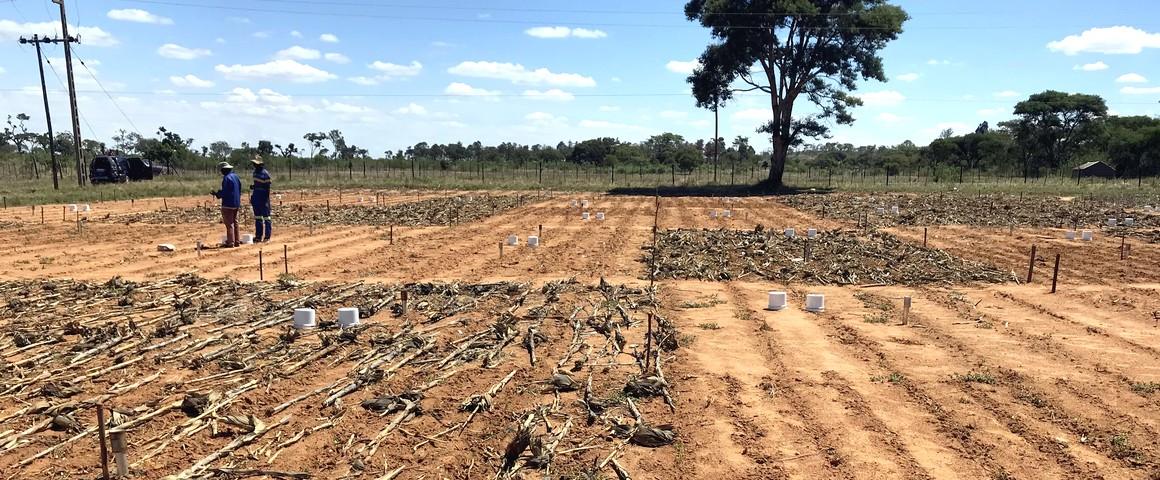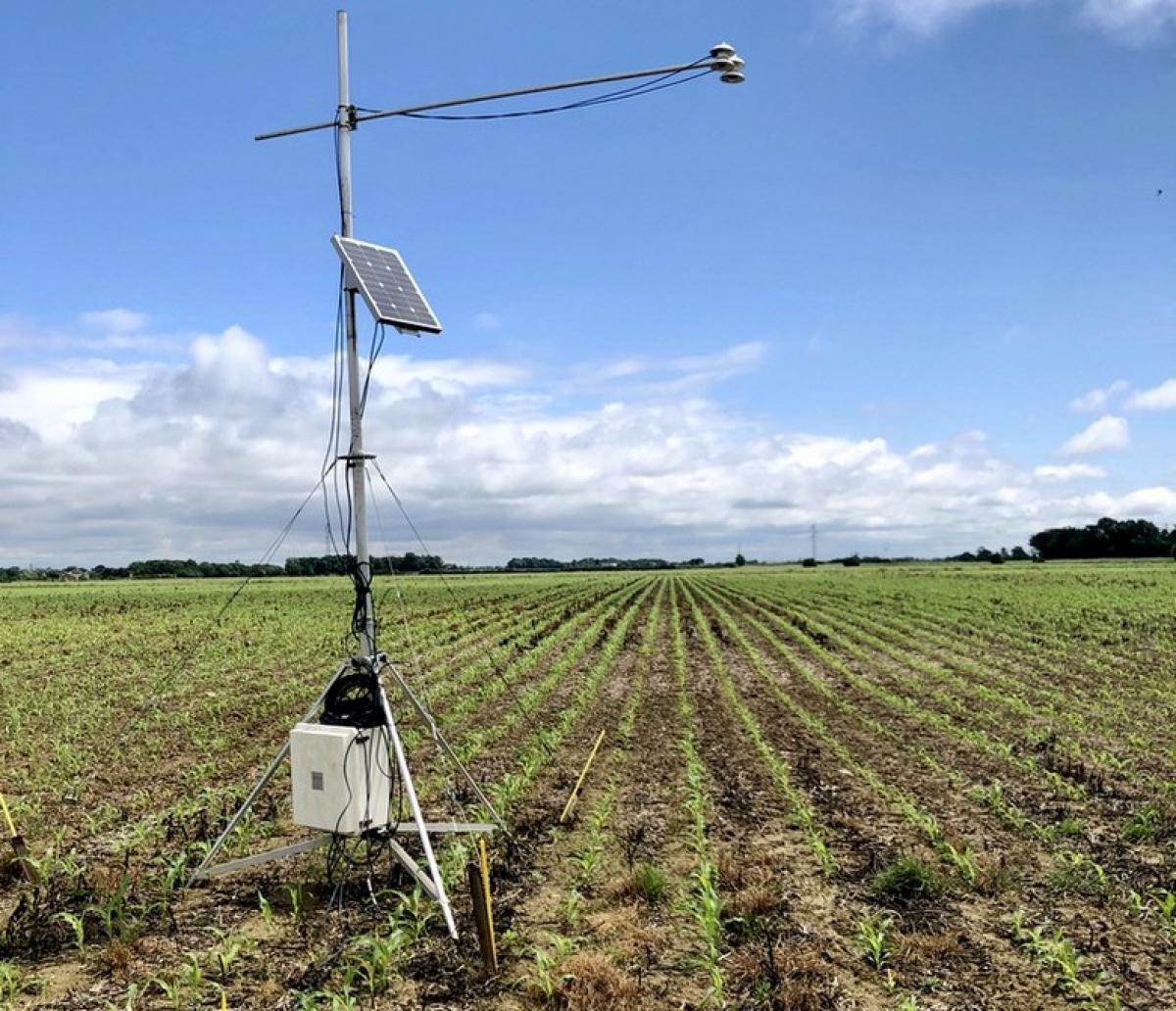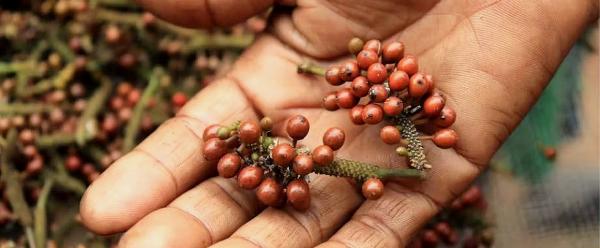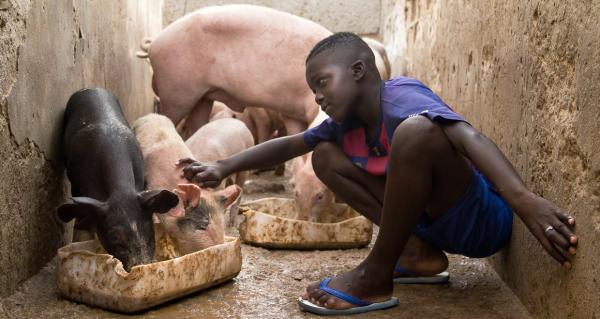Science at work 4 March 2024
- Home
- CIRAD news
- News
- Albedo and climate change mitigation
Taking account of surface albedo to better mitigate climate change

Albedo measurements will be taken in Zimbabwe in conservation and conventional agriculture plots managed by CIMMYT © R. Cardinael
Soil carbon sequestration has an important role to play in limiting global warming to 1.5°C. The IPCC models integrate carbon storage and greenhouse gas (GHG) emissions to assess changes in practices or in land use. But these effects, known as biogeochemical, are not the only ones that have an impact on climate change. Surface albedo, in other words the capacity to reflect or absorb solar radiation, conditions land surface temperatures.
On 3 and 4 December 2020, CIRAD and the CLAND Convergence Institute organised a virtual workshop to share and discuss the latest knowledge on the subject. The crucial role of biogeophysical effects was underlined. If ignored, they can result in sub-optimal or even counter-productive climate change mitigation policies. This workshop was organised with the support of the Global Research Alliance on Agricultural Greenhouse Gases and the 4 per 1000 Initiative.
“Soil carbon sequestration practices need to be reassessed in view of biogeophysical effects”, says Rémi Cardinael, a soil scientist and agronomist at CIRAD, and organiser of the workshop. “This must be done in detail at the local level, as the effects are very context-specific: climate, soil type, species, etc. ”. For example, the application of biochar – a charcoal of plant origin – on light surfaces significantly reduces the albedo and increases land temperature. “Biochar contributes to carbon storage and reduces emissions of nitrous oxide (N2O), a powerful GHG ”, says Rémi Cardinael. “But this climate benefit declines by 30 % when we consider the albedo ”. The practice can nevertheless be improved in order to reduce this negative effect: applying biochar on dark surfaces, to crops under permanent cover, burying it, or even mixing it with white clay or lime to lighten it.
The same applies to the reforestation of boreal regions: on the one hand, these forests help to reduce atmospheric CO2 concentration; but on the other, the replacement of snow-covered surfaces by forests reduces the albedo. Ultimately, the effect on the climate is nil, or even negative. Conversely, on dark surfaces in Central and Western Europe, the introduction of intermediate crops increases the albedo. Combined with carbon storage and the reduction in N2O emissions, this strategy seems to be a win-win. “The scientific community is engaging in this area of research, as there is a vital need to improve the description of crop management in the IPCC climate models ”, adds Rémi Cardinael. “Remote sensing measures and modelling need to be used to quantify the effects on a larger scale ”.
The participants in the virtual workshop also agreed on the need to take into account other biogeophysical effects, such as evapotranspiration. Tropical forests have a lower albedo than crops or grasslands, but their evapotranspiration is very high. This cooling effect offsets the warming effect linked to the albedo.
There is now a need to develop robust indicators to assess the relative importance of the different effects and to interpret the results of climate models. Although biogeochemical effects are transformed into “CO2 equivalent”, the same conversion is complicated for biogeophysical effects, as underlined by Rémi Cardinael: “There are spatial and temporal differences that indicators must take into account ”. The albedo change linked to agricultural practices results in local radiative forcing, contrary to CO2, which is rapidly homogenised in the atmosphere at the global scale. Moreover, the albedo effect is maintained as long as the agricultural practice is in place: the capacity for soil carbon storage is, on the contrary, limited and finite. Research is underway to reflect these differences in the indicators.
A first comprehensive review for conservation agriculture in Africa by the end of 2022
In Zimbabwe, in the context of the DSCATT,ACCURATE and LANCELOT, projects, a team led by Rémi Cardinael is working to provide a first comprehensive review of the biogeochemical and biogeophysical effects in conservation agriculture. The projects will study two types of soils: sandy soils, with high albedo; and clay soils, with lower albedo. The climate impact of reduced tillage and crop residue application practices will thus be quantified for the first time in this context. A thesis on this subject will begin in October 2021.



























